Broadcom’s VMware division took a big step today, ending its free VMware vSphere Hypervisor. This is one of those announcements that we were expecting after we covered VMware End of Availability on Many VMware vSphere Editions and VMware Updates its EOA Plan Providing Guidance for Some Subscription Transition, but it is a big deal for many STH readers. It now sets VMware down the path of mainframes.
Broadcom VMware Ends Free VMware vSphere Hypervisor
The announcement came in VMware KB 2107518. There the company notes that the free editions of the VMware vSphere Hypervisor 7.x and 8.x are no longer available for download.
The company goes on to explain:
Along with the termination of perpetual licensing, Broadcom has also decided to discontinue the Free ESXi Hypervisor, marking it as EOGA (End of General Availability).
Regrettably, there is currently no substitute product offered. (Source: VMware)
That is a huge deal for the ecosystem as many STH readers are going to feel immediately.
Final Words
This is a huge deal for the VMware ecosystem. It is a bit different in scope between this and the Red Hat Goes Full IBM and Says Farewell to CentOS transition. The real reason for the free version of the free vSphere hypervisor was to get folks onboarded to the VMware ecosystem. Now, anyone looking to get into the VMware ecosystem will have to pay, while other options are going to be free. Keep in mind, due to its use at cloud providers like AWS, Linux KVM virtual machines that underpin offerings like Proxmox VE have enormous usage.
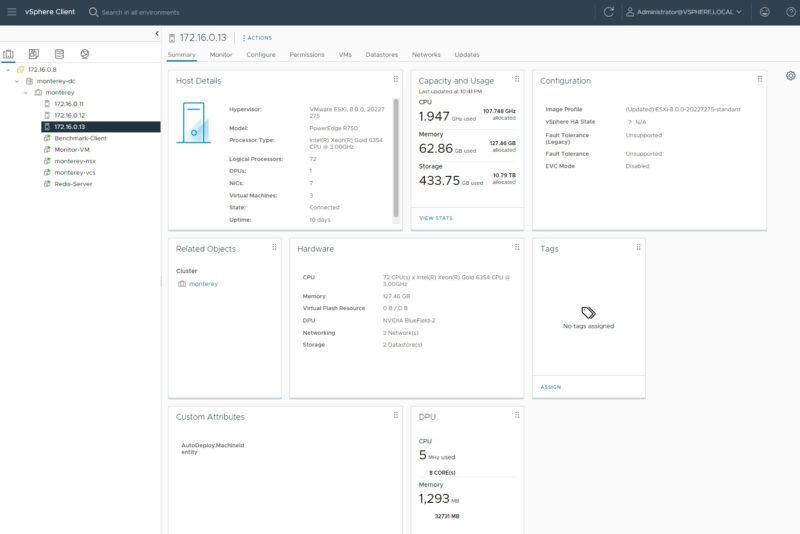
Going forward, removing a free option creates a skill gap, much like exists today for mainframe admins. New college grads are unlikely to graduate having used mainframes. Many will have used cloud or Linux servers and will enter the workforce with at least some experience. Further, those who are getting on-the-job training on mainframes are those working in the industries and handfuls of companies still using them. Five years into a career there are folks who have used mainframes, and those who have not. Since the mainframe market is smaller in terms of numbers of systems sold each year, that creates an exclusive set of folks who have experience in a minority technology.
The same thing will happen with VMware. Broadcom has cut off free vSphere hypervisors, which will cap the number of new admins entering the workforce each year. At the same time, its move to subscriptions and mainframe-esque focus only on large customers will push smaller customers away. For the time being, that will seem fine as the number of admins shrinks with the installed base. In a few years, being a VMware admin will risk only having lateral moves within VMware’s shrinking customer base just like mainframe admins have lateral moves within IBM’s customer base (as an example.)
Of course, these transitions take time. Mainframes were declared dead decades ago and are still being used today. Regular STH readers have probably already executed on a transition plan or have one in the works if needed since we covered what would happen in 2022 in Broadcom Agrees to Purchase VMware Shaking Up the Industry. If you were relying upon VMware vSphere free edition, then the message is clear. It is time to migrate to either a paying customer or to migrate to another solution.

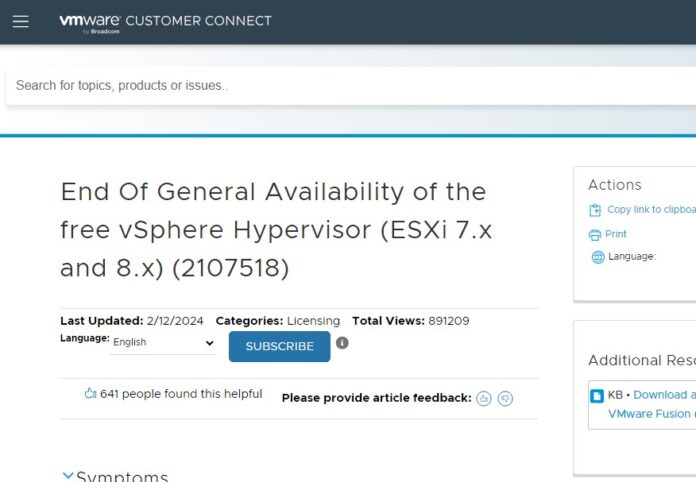
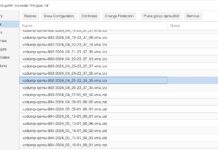
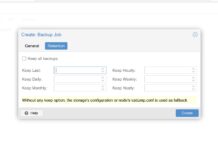
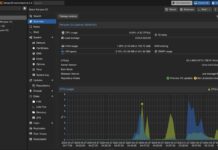
Agreed, this will drive folks to other solutions and limit options for off-line skill improvement. If they are going down this path, they need to make the VMware Advantage subscriptions cheaper and easier to get. And also include free license access in the new subscription license model for IT employees.
I’m with Caleb, but even that doesn’t prevent the “mainframe” situation that they’re talkin’ about. Even if it’s cheaper, VMUGA excludes those who don’t want to pay to try something, so that’ll push people away. Free license with subscription only helps those already in the ecosystem.
With renewals at 8x-15x for a lot of long-term customers, we like many others are treating VMware as a dead man walking. It will be ripped from the environment by next Fall.
Corporate America, the target of Broadcom’s pricing assault is already causing big ripples. Some of them are reporting head winds of 100’s of millions of additional dollars in licensing. One insurance company has put themselves on a ESX “diet” and shedding VM’s as quickly as possible until they can get them replaced.
Unfortunately Broadcom is using the old mainframe consolidation model, buy the company out, shed the hangers on, and rack up the prices for those who have no or little choice. As long as they are captive technologies to purchase, Broadcom will keep buying them to milk the cow for as long as they can get away with it. Look how long they milked Symantec? They almost nabbed Qualcomm to do the exact same thing in the cell phone radio market, but Qualcomm’s poison pill was just barely enough to fend them off. It made Apple find their own road.
Look for a large shift in virtualization investment over the next 3 years as companies move away from ESX. Don’t be shocked if a commerical fork of Proxmox hits the ether fairly soon. Many companies who already have a Red Hat investment will probably short list OpenShift VS in their plans.
Greedy bcom as expected
Well thats a shame. I got into virt via esx free versions and still have a few use cases today.
Looking forward to whatever we migrate to.
Time to use OpenSource virtualisation tools like OpenStack and Kubernetes.
If anyone wants to deploy OpenStack and Kubernetes end-end solutions please connect with me
Yeah, going to be looking into something else for work and home. It isn’t just going to drive customers away from VMWare, but also some of the converged/hyperconverged platforms that only support esxi. It certainly is going to for me, we’re looking at dHCI from HPE but I will campaign against it now with the prices going way up for esxi. For now I have to start exploring my options for my home lab.
Broadcom is destroying a great product
We run Nutanix with VMWare but are going to move to AHV (Nutanix’ “house” virtualization solution). From what I’ve been reading, AGV has been working fairly well for folks.
I’ve been pretty happy with XCP-NG. It is very stable and has a lot of enterprise features since it is forked from XenSenver.
I think this isn’t a really smart move, in the world of kubernetes and containers, VMware had advantages with VM’s. It’s easy to use.
Now this will just push more people into cloud and kubernetes. Whatever you do on VMware you can do elsewhere, if licensing costs is higher than the investment of migrating. What is the business model here?
They are definitely not competing with mainframes… Don’t think people use mainframes because it’s innovative…
They should be competing with kubernetes.
I’m in the VMware “world” from around 2007. Last weeks are the last for me with VMware. Broadcom is simply greedy, company that I work for has hundreds of server rooms across the world. We are constantly refreshing some HW/SW but the current license pricing is crazy. Newest quotes are 4x to 10x the previous ones. There are intensive discussions but we will be moving to another product. At those prices it is hundreds of millions of dollars, and our shareholders would not be happy.
Does the mean already installed Esxi free versions will go unlicensed? I don’t see a clear answer anywhere.
@Scott – well no more updates, no more downloads. so whatever you have now. keep the iso somewhere safe.
Glad that I have switched from ESXi free to the Essentials bundle for my single host homelab (which unfortunately I also use for some activities related to my dad’s real estate agency businesses, which makes it impossible to go VMUG but also the business is making waaaaaaay to little money to justify paying several thousands of Euro a year for licensing VMware) back in May 2023 and that I went with 3 years SaS – gives me some time to figure out which way to go.
But unless Broadcom/VMware ends up offering some commercial useable subscription for considerable less than 1000 Euro a year (my current Essentials bundle was “only” 800 Euro incl. 3 years SaS) I guess I will have to migrate my homelab to Linux KVM.